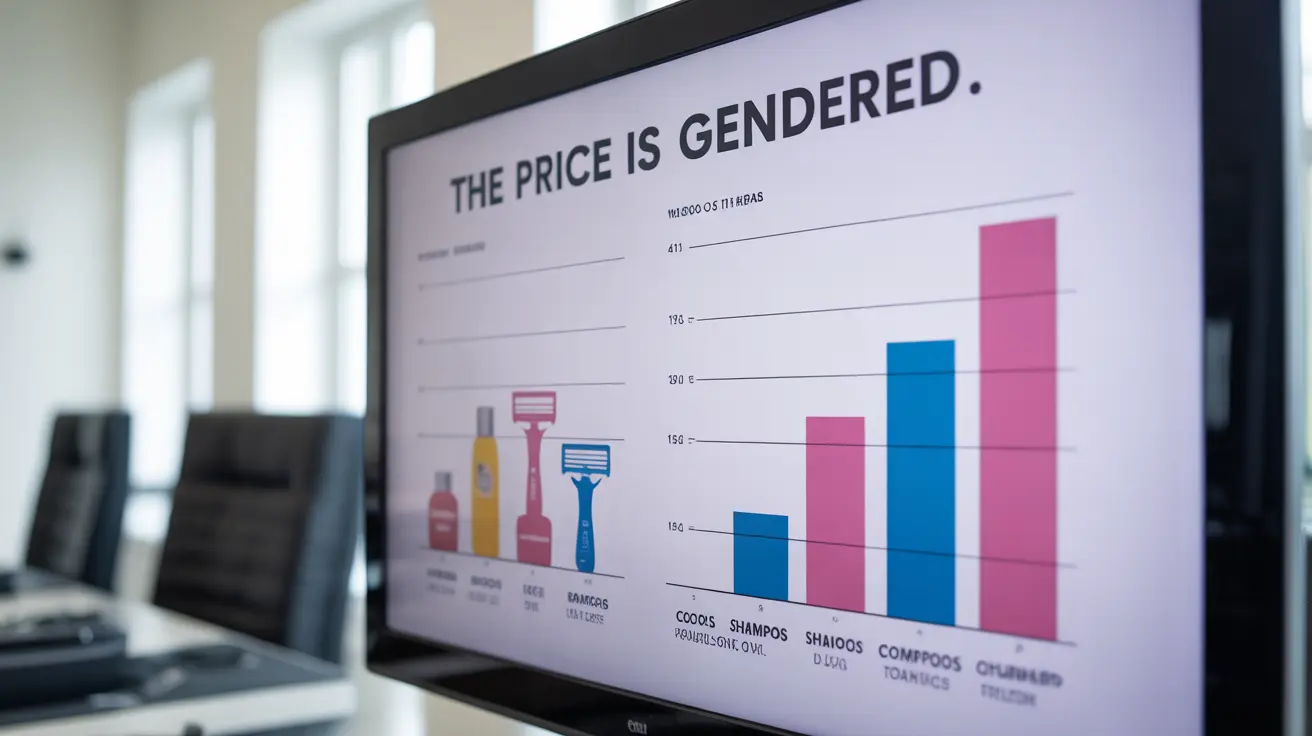The pink tax refers to the widespread practice of charging higher prices for products and services marketed to women compared to similar items targeted at men. This gender-based pricing disparity affects numerous everyday products and services, potentially costing women thousands of dollars over their lifetime.
While not an actual government-imposed tax, this pricing phenomenon has significant economic implications for female consumers and raises important questions about gender equality in the marketplace. Understanding the pink tax is crucial for making informed purchasing decisions and advocating for fair pricing practices.
What Constitutes the Pink Tax
The pink tax encompasses price differences in various consumer goods and services where the women's version costs more than the men's counterpart, despite minimal differences in production costs or quality. This pricing disparity extends beyond just pink-colored items, affecting numerous product categories and services.
Common Products Affected by the Pink Tax
Several everyday items frequently show gender-based price differences:
- Personal care products (razors, shampoo, deodorant)
- Clothing and accessories
- Children's toys and clothing
- Hair care services
- Dry cleaning services
- Vehicle maintenance services
The Impact on Consumer Spending
Studies have shown that women pay significantly more for equivalent products throughout their lives. Research indicates that women's products cost up to 7-50% more than similar men's items, depending on the product category and brand.
Understanding the Tampon Tax
The tampon tax is a separate but related issue to the pink tax. It refers to the sales tax applied to feminine hygiene products in many states, despite these items being necessity products. Unlike optional consumer goods, menstrual products are essential for women's health and hygiene.
Current Legislative Status
Many states have begun eliminating the tampon tax in recognition of these products' essential nature. However, the fight continues in regions where feminine hygiene products are still subject to sales tax while other medical necessities are tax-exempt.
Causes of Gender-Based Price Discrimination
Several factors contribute to the persistence of the pink tax:
- Marketing and packaging costs for women's products
- Gender-specific product formulations
- Market segmentation strategies
- Consumer behavior patterns
- Limited competition in certain product categories
Strategies to Avoid the Pink Tax
Consumers can take several steps to minimize the impact of gender-based pricing:
- Compare prices between men's and women's versions of products
- Choose gender-neutral products when possible
- Buy in bulk when finding fairly priced items
- Support brands that practice gender-neutral pricing
- Shop across different departments or sections
Frequently Asked Questions
What is the pink tax and how does it affect the prices of products and services for women?
The pink tax is the extra amount women pay for specific products or services that are marketed to women, despite being practically identical to the men's version. This pricing disparity can result in women paying hundreds or thousands of dollars more per year for basic goods and services.
Which everyday items and services commonly have higher prices due to the pink tax?
Common items affected by the pink tax include personal care products, clothing, haircuts, dry cleaning, children's toys, and vehicle repair services. The price difference can range from a few cents to several dollars per item.
How does the tampon tax differ from the pink tax and why is it controversial?
The tampon tax specifically refers to sales tax charged on feminine hygiene products, while the pink tax refers to general price markups on women's products. The tampon tax is controversial because it treats essential health items as luxury goods rather than necessary medical supplies.
What causes products marketed to women to cost more than similar products for men?
Higher prices for women's products are often attributed to increased marketing costs, specialized packaging, different formulations, and market segmentation strategies. However, these justifications are frequently criticized as insufficient to explain the significant price differences.
How can consumers avoid or reduce the impact of the pink tax when shopping or using services?
Consumers can avoid the pink tax by comparing prices between gendered versions of products, choosing gender-neutral items, buying in bulk when finding fair prices, and supporting companies that practice equal pricing. Additionally, being aware of price differences and shopping across different departments can help reduce costs.




